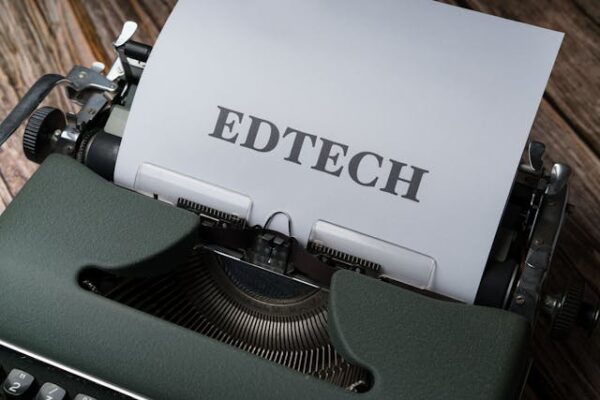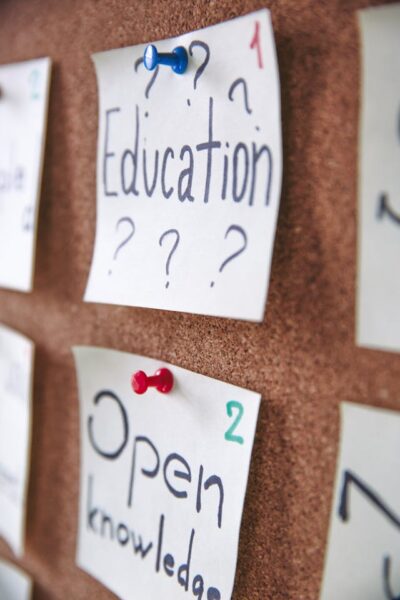Keeping students engaged in their learning journey can be challenging, especially when it comes to literacy. However, with the right tools and strategies, teachers can transform literacy education into an exciting and dynamic experience in their classroom. Here’s how you can enhance student engagement using literacy tools effectively.
Gamify the Learning Experience
One of the most effective ways to boost engagement is through gamification. By integrating game-like elements into literacy lessons, you can make learning feel more like play. Platforms like LiteracyPlanet offer a range of interactive games that challenge students while they learn. These games reward progress while catering to each student’s individual abilities, making them eager to continue learning and achieve the next level.
Why it works: Gamification taps into students’ natural love for play, making the learning process more enjoyable and less intimidating. It also encourages healthy competition and a sense of achievement, which motivates students to keep improving.

Personalise Learning Paths
Every student learns at their own pace and has unique strengths and weaknesses. Literacy tools that allow for personalised learning paths can help tailor lessons to meet individual needs. Adaptive technology can assess a student’s progress and adjust the difficulty level of tasks accordingly, ensuring they are always challenged but never overwhelmed.
Why it works: Personalised learning ensures that no student is left behind or left unchallenged. It allows students to feel more in control of their learning, which boosts confidence and engagement.
Want to explore LiteracyPlanet for free? Sign up for a 30-day trial – no strings attached!
Incorporate Multimedia Resources
Today’s students are digital natives who are accustomed to consuming content in various formats—videos, podcasts, interactive graphics, and more. By incorporating multimedia resources into your literacy lessons, you can cater to different learning styles, keep students engaged, and include real-world examples.
Why it works: Multimedia resources make learning more dynamic and accessible. They cater to auditory, visual, and kinaesthetic learners, ensuring that every student can engage with the material in a way that suits them best.

Encourage Collaborative Learning
Collaboration is a powerful tool in the classroom. Literacy tools that offer collaborative features, such as group projects, peer reviews, and shared reading experiences, can significantly boost engagement. When students work together, they can learn from each other’s perspectives, making the learning process more enriching.
Why it works: Collaborative learning fosters a sense of community and shared purpose in the classroom. It also helps students develop important social and communication skills while learning.
Set Clear, Achievable Goals
Goal-setting is crucial in any learning environment. Literacy tools that allow students to set and track their own goals can empower them to take charge of their learning. Whether it’s completing a certain number of reading assignments or mastering a new vocabulary list, clear goals give students a sense of direction and purpose.
Why it works: Setting and achieving goals builds confidence and provides students with tangible evidence of their progress, which in turn fuels further engagement.

Use Real-World Connections
As mentioned above, connecting literacy lessons to real-world scenarios can make learning more relevant and engaging. For instance, you can use news articles, blogs, or even social media posts as reading materials. This approach helps students see the value of literacy skills in their everyday lives.
Why it works: When students see how literacy skills apply outside the classroom, they are more likely to appreciate the importance of what they’re learning. This relevance can significantly boost their engagement.
Provide Immediate Feedback
Immediate feedback is essential for keeping students engaged. Literacy tools that offer instant corrections and suggestions help students understand their mistakes and learn from them in real time. This immediate reinforcement keeps them motivated to continue practicing and improving.
Why it works: Quick feedback helps students stay on track and reduces frustration. It also reinforces learning by helping students correct mistakes before they become habits.
Enhancing student engagement in literacy education is all about making learning interactive, personalized, and relevant. By leveraging the right literacy tools and incorporating these strategies, teachers can create a more engaging and effective learning environment. Remember, the goal is to make literacy not just a subject to be studied, but an exciting journey of discovery for every student.





